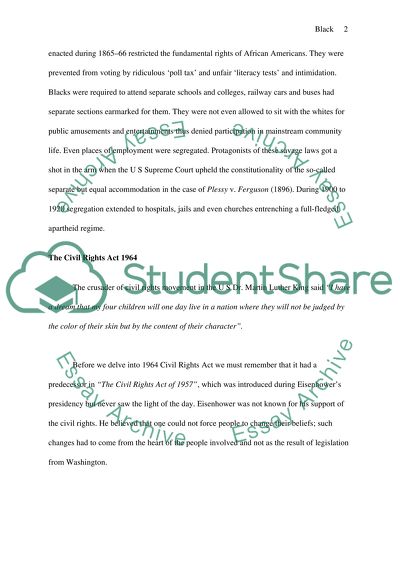Cite this document
(“Afirmative Action and Black America Essay Example | Topics and Well Written Essays - 3750 words”, n.d.)
Afirmative Action and Black America Essay Example | Topics and Well Written Essays - 3750 words. Retrieved from https://studentshare.org/miscellaneous/1506585-afirmative-action-and-black-america
Afirmative Action and Black America Essay Example | Topics and Well Written Essays - 3750 words. Retrieved from https://studentshare.org/miscellaneous/1506585-afirmative-action-and-black-america
(Afirmative Action and Black America Essay Example | Topics and Well Written Essays - 3750 Words)
Afirmative Action and Black America Essay Example | Topics and Well Written Essays - 3750 Words. https://studentshare.org/miscellaneous/1506585-afirmative-action-and-black-america.
Afirmative Action and Black America Essay Example | Topics and Well Written Essays - 3750 Words. https://studentshare.org/miscellaneous/1506585-afirmative-action-and-black-america.
“Afirmative Action and Black America Essay Example | Topics and Well Written Essays - 3750 Words”, n.d. https://studentshare.org/miscellaneous/1506585-afirmative-action-and-black-america.


